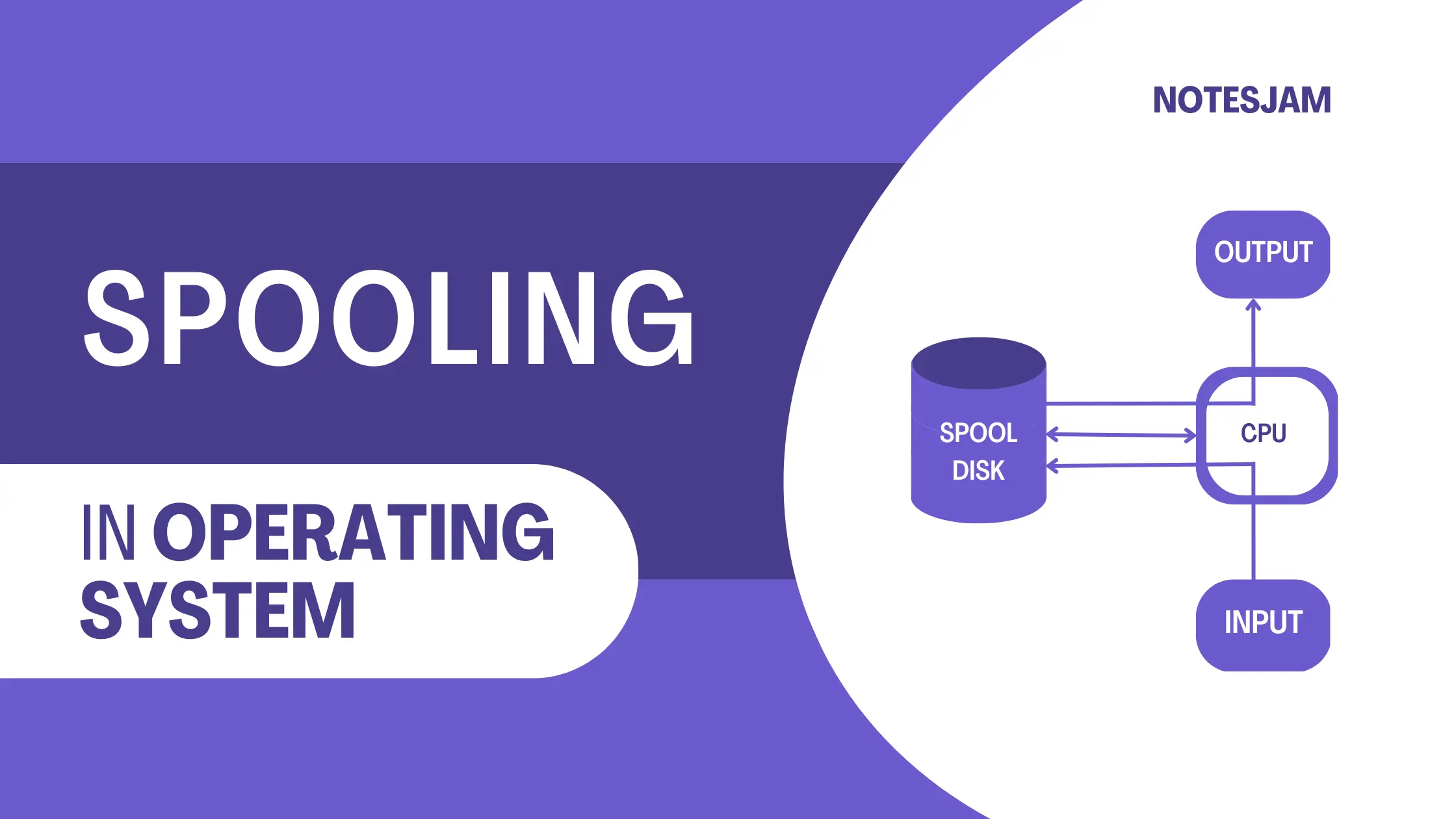Spooling is a crucial technique in the world of computing and operating systems. It stands for Simultaneous Peripheral Operations On-Line, and it refers to the buffering of data to improve the efficiency of slow input/output devices.
Spooling allows the computer to work on other tasks while the device processes the data, making the system as a whole more productive and efficient.
In this article, we will discuss what spooling is, how it works, and why it is an important concept in the world of operating systems.
Table of Content
What is Spooling?
Spooling is a process that involves temporarily storing data in a buffer or “spool” so that a slow input/output device, such as a printer, can process the data more efficiently.
Instead of sending data to the device one piece at a time, the operating system collects the data into a buffer and sends it to the device in a continuous stream.
This allows the CPU to continue executing other tasks while the device works on the data in the background, making the overall system more efficient and responsive.
How Does Spooling Work?
The basic idea behind spooling is simple. When a user requests to print a document, the operating system sends the document to a buffer instead of directly to the printer.
The operating system then sends the data in the buffer to the printer in a large, continuous stream.
This makes it possible for the printer to start processing the data immediately, without having to wait for each piece of data to be sent.

At the same time, the CPU is free to continue executing other tasks, such as running applications or processing user inputs.
This makes the overall system more responsive and efficient, as the user does not have to wait for the printer to finish before being able to use the computer for other tasks.
Spool Disk
Spool Disk is a temporary buffer, it can read data from secondary storage devices directly.
Simultaneously the CPU executes some other job in the spool disk, at the same time the printer prints the 3rd job. So, three jobs are running simultaneously.
Why is Spooling Important?
Spooling is important for several reasons.
- It allows the computer to work more efficiently by allowing the CPU to continue executing other tasks while the device processes the data.
- Spooling makes it possible for multiple users to print documents at the same time, as each user’s print job is stored in a separate buffer.
- Spooling allows the device to start processing the data as soon as it arrives, rather than waiting for the entire document to be sent, which improves the overall performance of the system.
Conclusion
Spooling is a powerful technique in the world of operating systems that allows slow devices to work more efficiently.
By buffering data and sending it to the device in a large, continuous stream, spooling makes it possible for the CPU to continue executing other tasks while the device processes the data.
This makes the overall system more efficient and responsive and allows multiple users to print documents at the same time.
